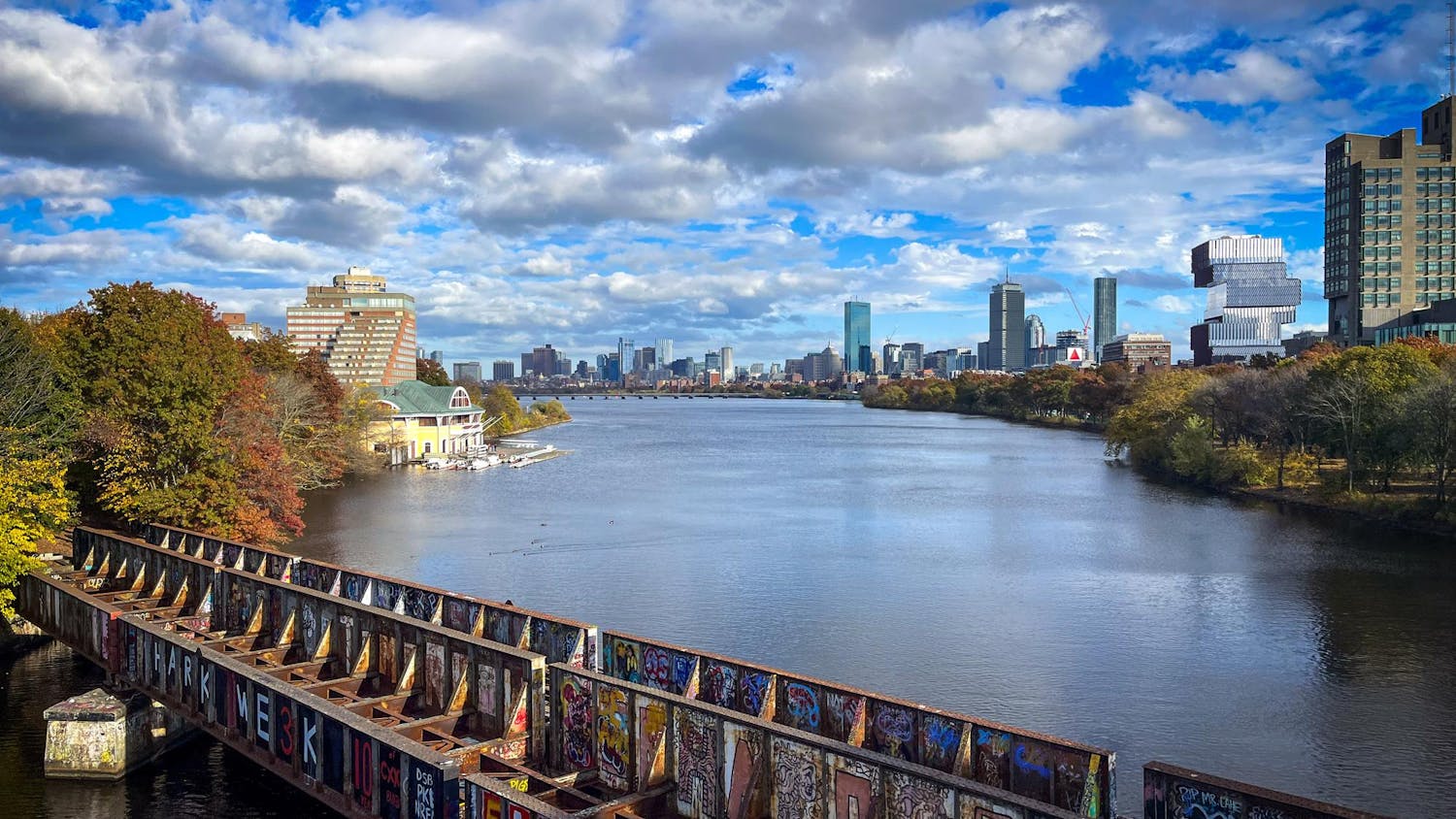Once again, the season of vibrant reds, yellows and oranges has come. There is a slight nip in the air and pumpkins are slowly appearing on windowsills. The seasons are changing as they always do, but there is something different about autumn in Germany.
The reason why is more complex than one might imagine. It comes down to the very trees that make up the Black Forest. In contrast to the exploding colors of the deciduous trees that dominate New England, the Black Forest is made up almost entirely of conifers. These trees, mainly the Norway spruce, silver fir and Scots pine, do not exhibit the same fall color as their deciduous counterparts. And so autumn in the Black Forest is markedly green.
It wasn’t always like this though. The forest used to be covered in the autumnal bright yellow of beech trees as well as other mixed deciduous species. What happened? Well, understanding how and why the tree species composition of the Black Forest has changed requires going back to the last Ice Age.
Fifteen thousand years ago, the Black Forest was covered in snow and ice, uninhabitable for many plants and animals alike. When the valleys and forests began to thaw, what happened is what always happens: ecological succession. Slowly but surely, plants started to return to the Rhine Valley and the Black Forest, including the trees. Eventually, the Black Forest was a densely treed ecosystem that supported diverse flora and fauna, including the eventual arrival of humans.
The first to settle the forest were the Alemanni people, who constructed villages, farms, castles and monasteries within the forested valleys. To do this, they used timber from the forest and cleared lands for agriculture and grazing. While this had an impact on the forest, the scale was not large enough to disturb the ecosystem catastrophically.
Fast forward to the 1500s and central Europe was becoming more urbanized with cities such as Amsterdam expanding and growing year by year. To make this development possible, the Black Forest was used for timber, most of which was sent by river to the Netherlands to construct homes. The most central tree to this industry was the aptly named Norway spruce.
But it was not just the Norway spruce that was felled. Slowly and methodically, almost the entire Black Forest was cleared by 1800. With the trees, many large animals such as wolves and bison disappeared from the ecosystem they inhabited for generations.
The forest was replanted in spruce monocultures that could one day be cut down and used for construction and economic growth. And so the Black Forest became much less colorful every autumn until the end of World War II, when it was almost entirely cleared once again to pay reparations to France.
Following major storms in the 1990s, sustainable forest management became a central topic in the Black Forest. It was recognized that species diversity is key to resilience in climate events. Thus, some parts of the Black Forest have been returned to a more mixed species ecosystem; however, timber and grazing remain large industries in the region, keeping much of the forest cleared or in monoculture.
When I look out my window and see the deep greens that blanket the forest, I know that autumn looks different here not by chance but due to hundreds of years of unsustainable human practices. It is more than mountains and forests in my view. It is an awe-inspiring landscape, a cautionary tale and a hope for an autumn that is one day as colorful as it used to be.






